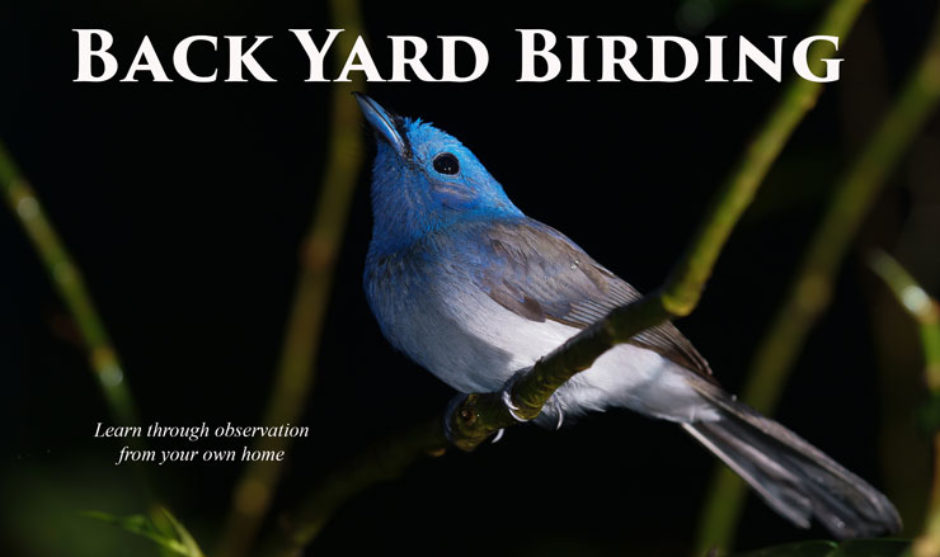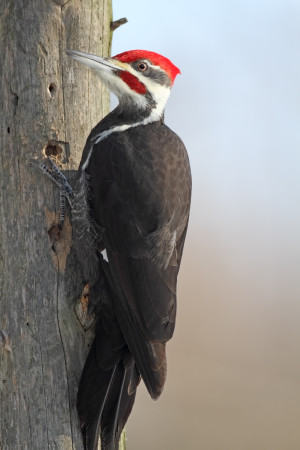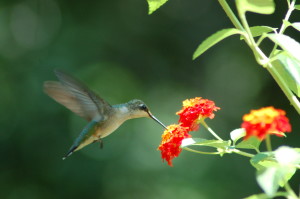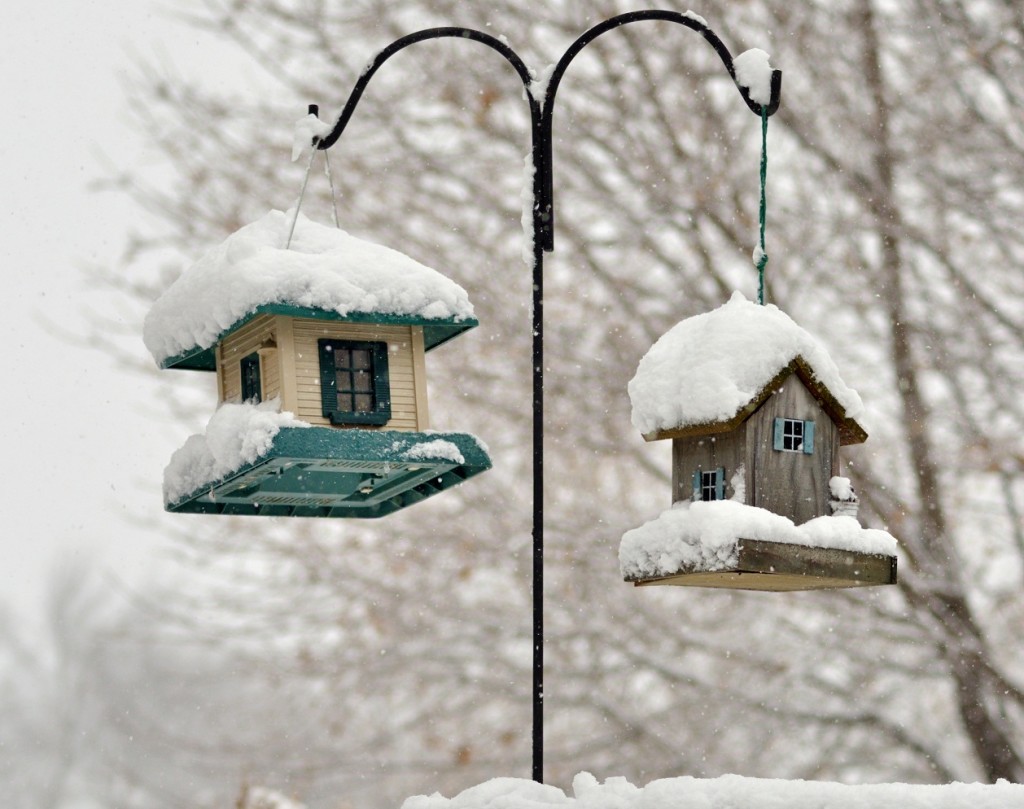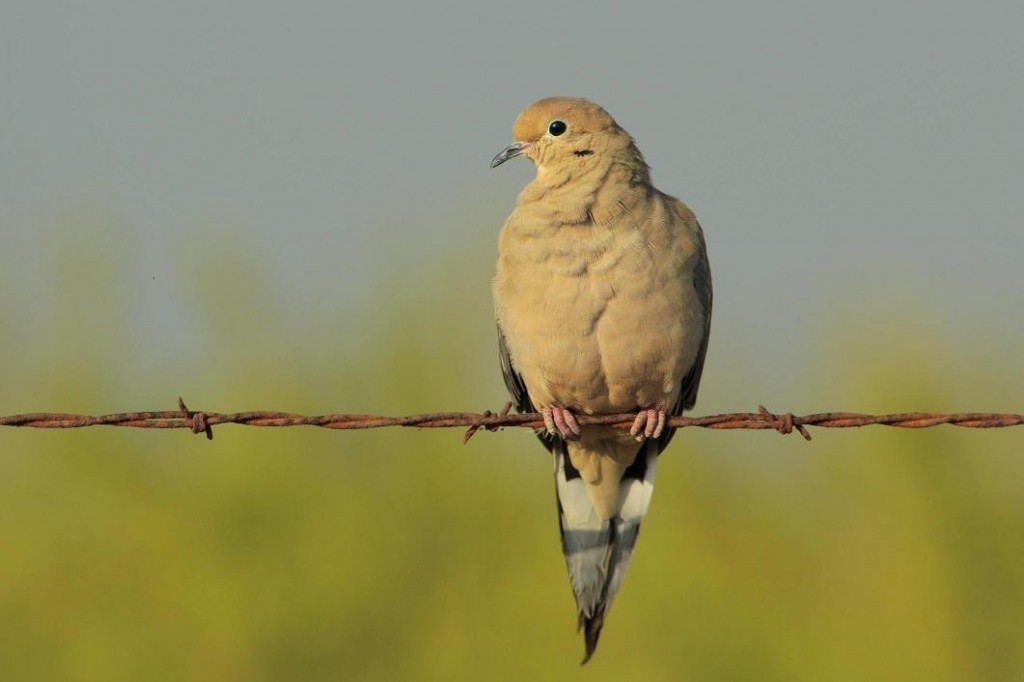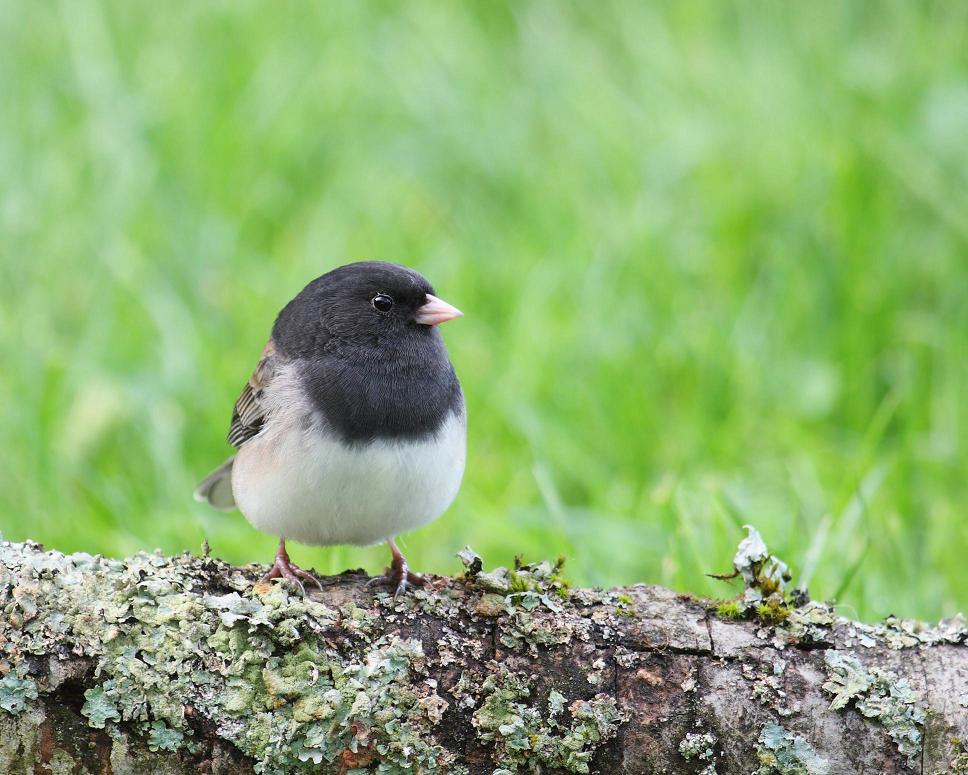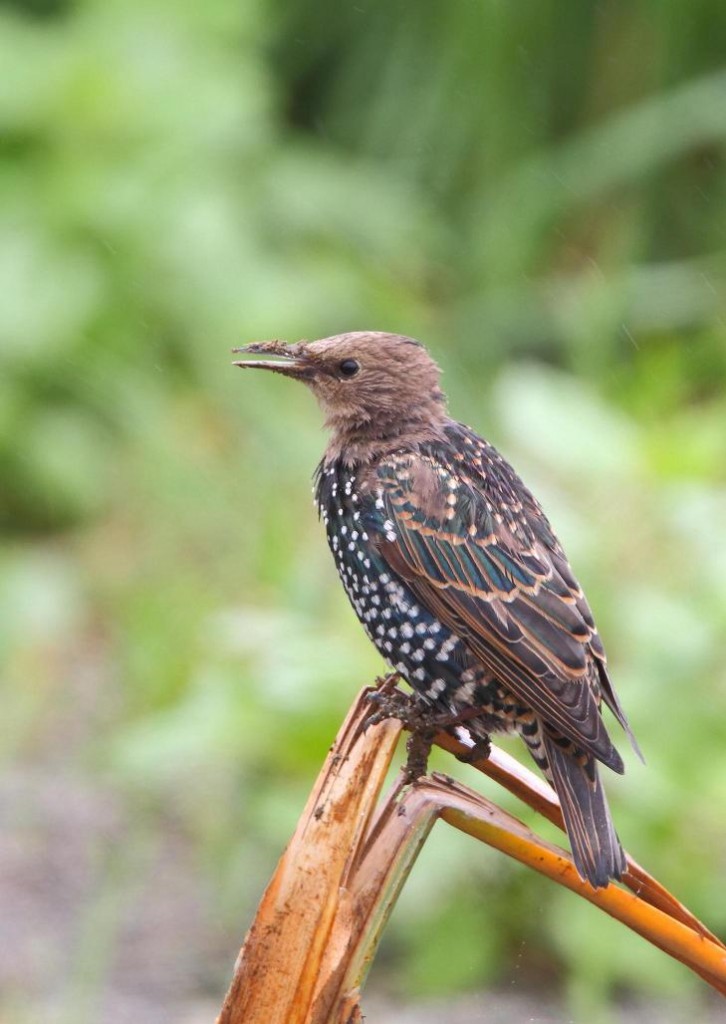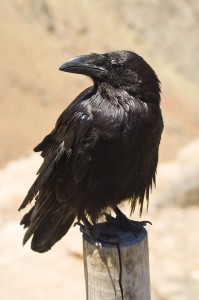
Crow Profile
Crows in Indiana Are Roosting by the Thousands
If you have heard about all the apocalyptic news about the crows in Indiana, you are not alone. There are over 50,000 crows roosting through the winter, over Muncie Indiana. The downtown area is covered in 6 inches of crow dung and droppings, and this area is becoming a large roost for the outer agricultural crows who are hoping to roost in the center of town.
Joy Sacopulos, of Terra Haute, has organized a committee to scare and frighten the crows from the inner parts of Terra Haute. Armed with screamers, or fireworks that are used to move large bird populations, Terra Haute is working to pressure wash downtown areas, and to continue to monitor the urban areas of Terra Haute where they are roosting.
The crows live peacefully from April to September, but during the winter months, they have to set up a warm place to live or roost. The trees of Indiana, are becoming scarce, and crows are large territorial birds. They, along with Ravens, often need a spot to place sticks, twigs, leaves and other filler materials to roost effectively along the tree line.
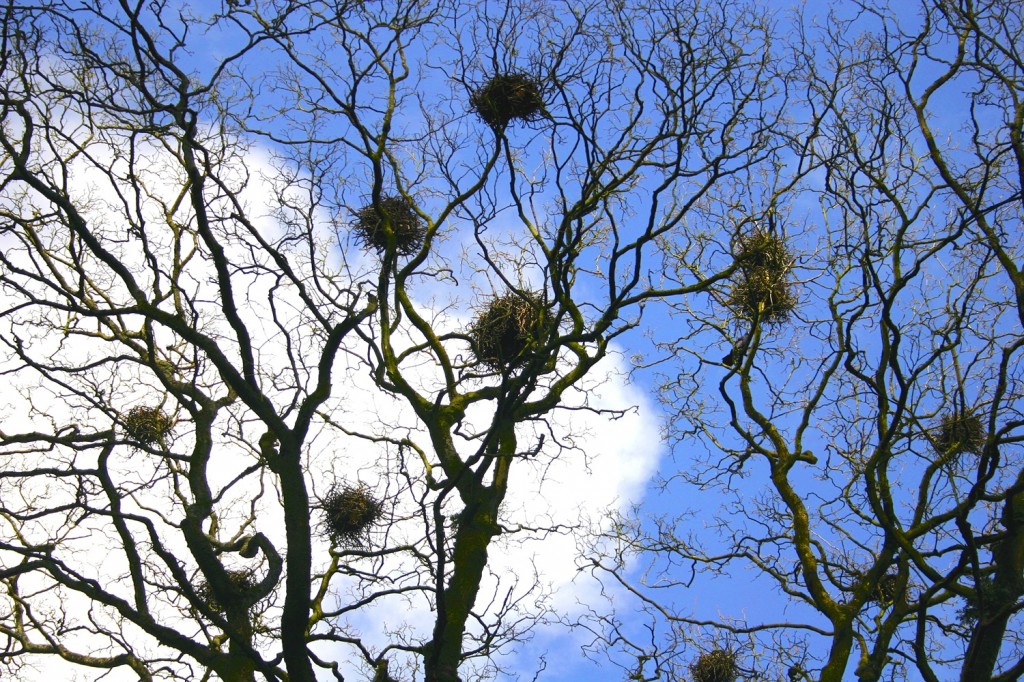
Crows Roost in Trees
Crows in Indiana Searching for Roost Locations
Crows in Indiana reportedly are looking for spots to spend the winter, and each year the numbers grow. Despite what some religious preachers and dynamic religious speakers have discussed, this is not a plague, but a simple act of good agricultural results, creating more crows and ravens than there are roost locations. The trees and high roost locations in Indiana have been suffering, due to tree illness, and the large influx of new birds.
With trees suffering, people can make a difference by thinking differently, and adding trees to their property and landscape. Commercial areas should add trees, and parks and federal state parks should be adding roost poles to edging areas, where trees are young. The use of roost poles, and adding simple taller boxes for the crows, should be a good long term solution for the urban areas of Indiana.
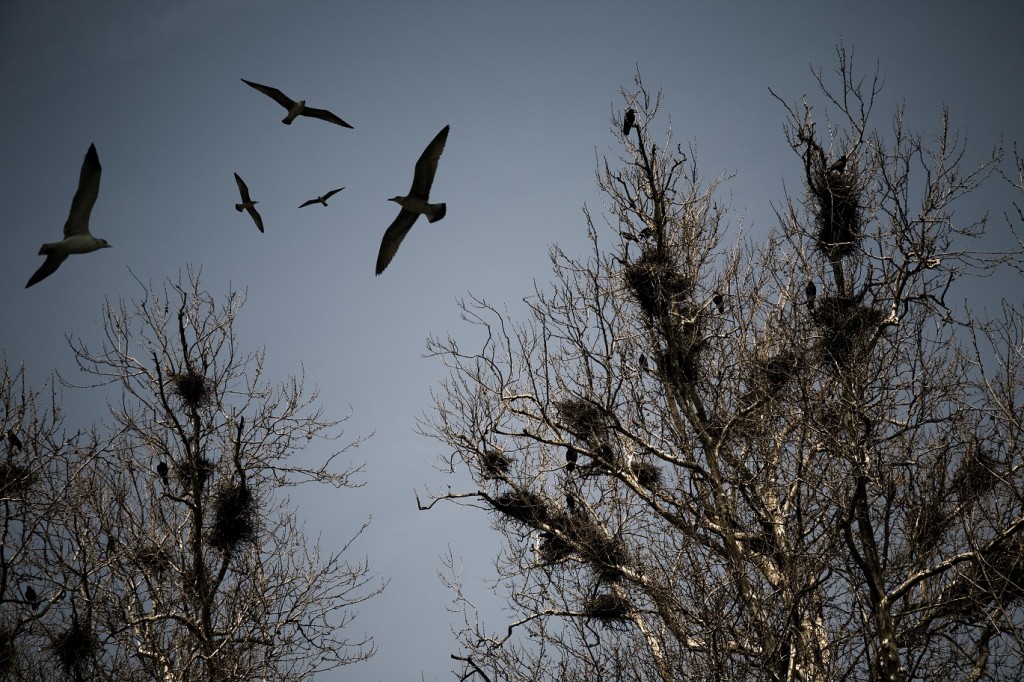
Crows and Gulls in Flight
Crows in Indiana and Elsewhere are Smart Birds
There are 117 varieties of crows and jays, which are linked to Blue Jays, Gray Jays, American Crows, and the like. They are worldwide species, and the North American Species are limited to just 16. Here is the list for North America:
- Gray Jay
- Blue Jay
- Green Jay
- Brown Jay
- Scrub Jay
- Black-billed Magpie
- American Crow
- Mexican Crow
- Fish Crow
- Chihuahuan Raven
- Common Raven
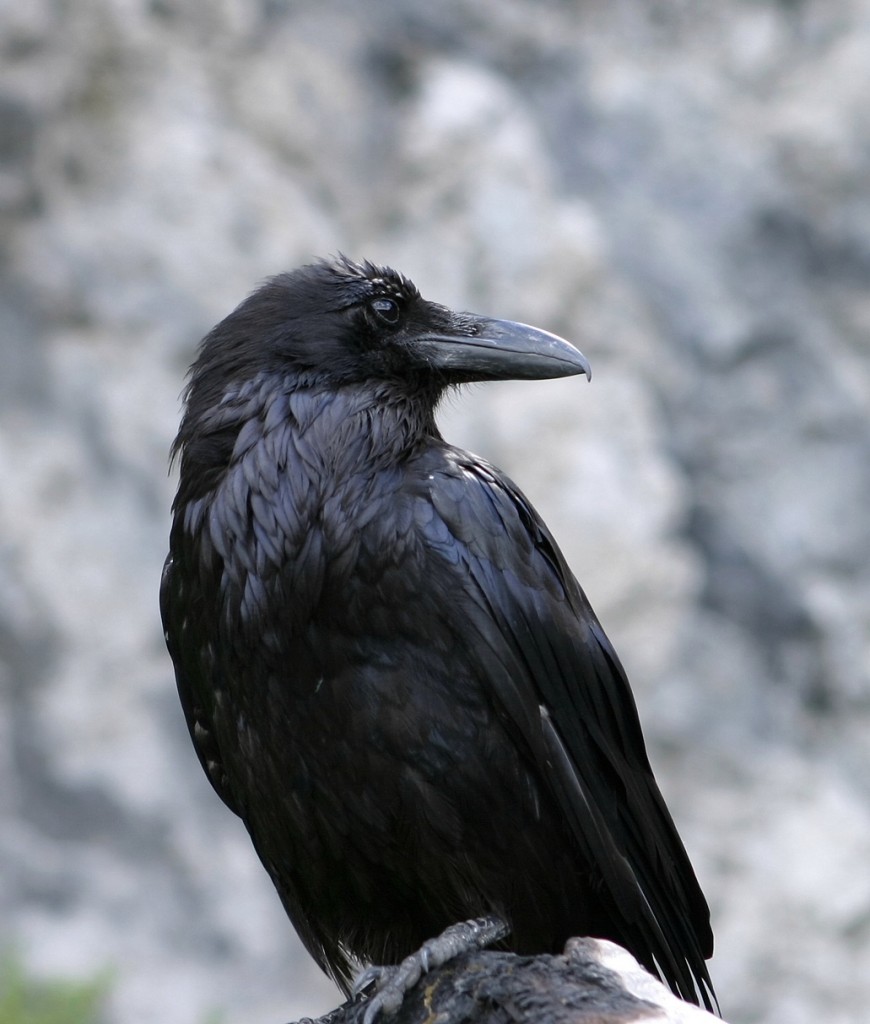
Raven Profile
American Crow Facts
The common crow, or the American Crow, Corvus brachyrhynchos, is a large bird from 17 inches to 21 inches. The american crow has a stocky appearance, and a fan shaped tail that is different from the Raven, that has a wedge shape to the tail. The main difference between a black American Crow, and the Common Raven is the tail shape, and the call.
American Crows, have a call that is caw-caw or caa-caa. Ravens are more boisterous, with a call that is more guttural, and sounds like a wonk-wonk. Ravens, as well are larger, and can get as large as 27 inches big.
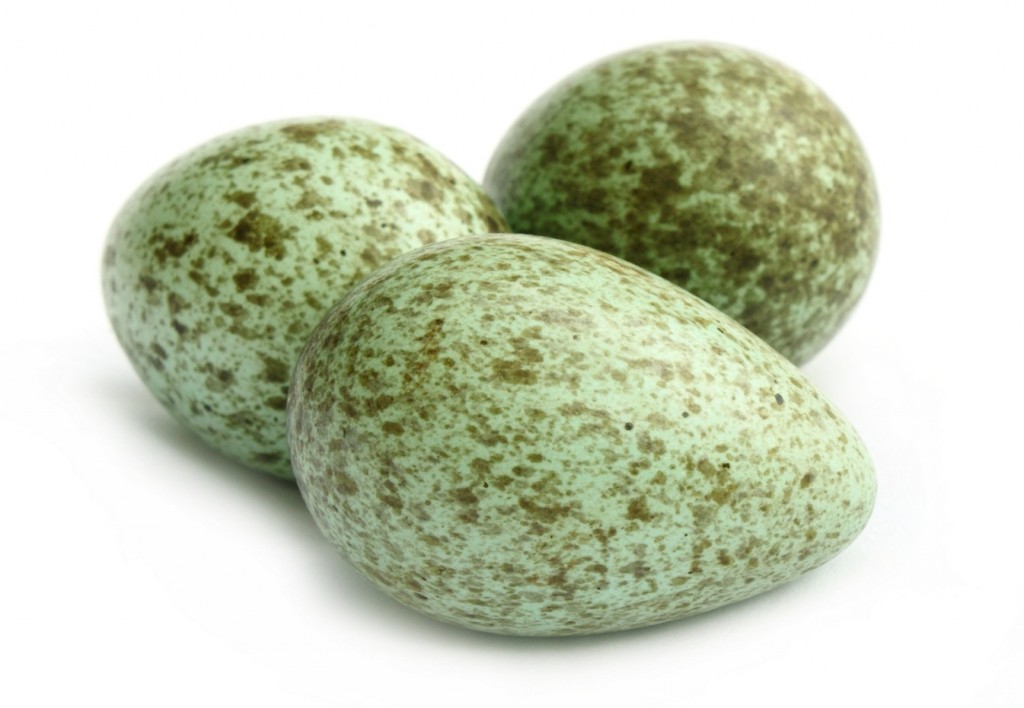
Crow or Raven Eggs
Crows and Ravens nest in large nests, and can produce 4-7 eggs when they are in their roost. The color of the eggs are usually spotted with brown and dark streaks. The mother crow will bring in fur, moss and anything soft or shiny to the roost. They are cliff dwellers too, and if you have a large cliff near your farm, your crow population will grow each year with your efforts.
Ravens are mostly in Canada, and in the western parts of the United States. The American Crow is a warmer climate bird, and can be very hesitant to range into colder areas. This would explain the roost of the crows in Indiana. Colder weather can be very difficult for these larger birds, as they require a warm shelter to protect themselves from freezing temperatures.
Ravens and Crows are scavengers, and will eat any form of protein that is dead and available on the coasts, lakes, and roads of North America. They will announce a dinner arrival, and claim their food, with a loud call, which can be threatened by other crows and ravens without the claim.
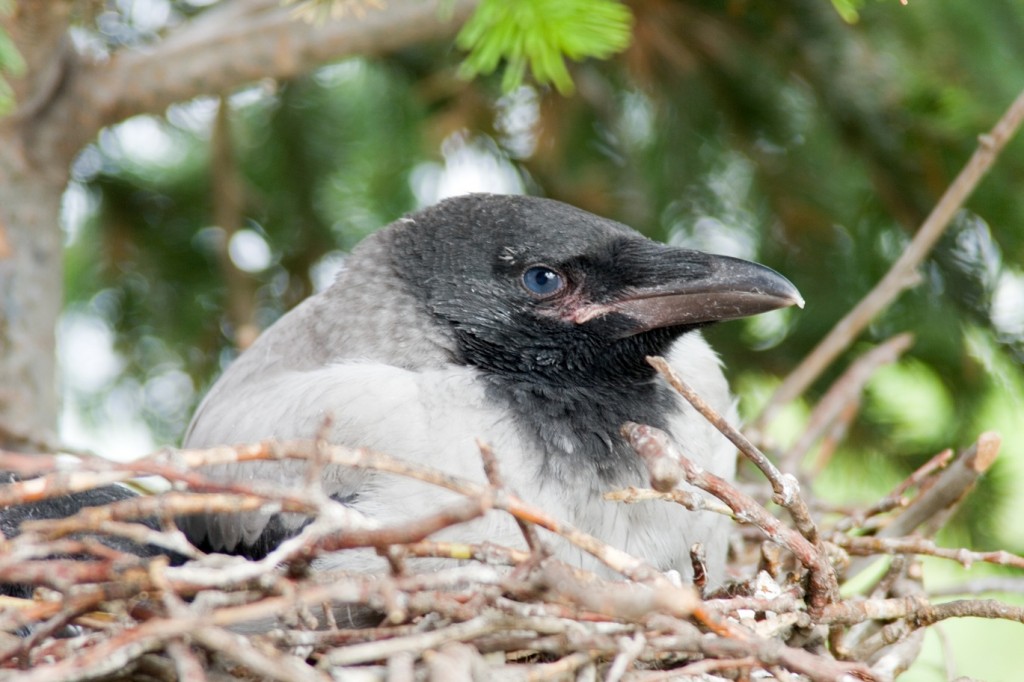
Crow In Nest
Crows are very intelligent,aand will flock together if something is curious and interesting to them. They enjoy sparkly and shining items, and many crow roosts will be full of metal, and other reflective items. Crows were considered a pest, and often are killed by pesticides or shooting, which is not a legal way to evict crows from your natural area. Crows are a large benefit to our ecology, as they find and consume dead animals and other refuse, and will take care of the health issues in the fields and woody areas of our continent.
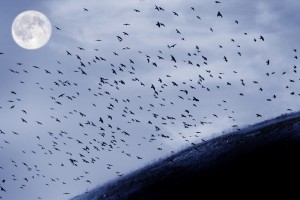
Crows Storming
Crows in Indiana Grow in Population
As the agricultural efforts of North America continue to improve, so do the populations of the American Crow. The problem is that they have little habitat that they can use during the winter. In the warmer summer months, they are happy to fly through fields and open areas, and stay near those areas, as they do not have to worry about freezing temperatures.
In certain cases, it may be necessary for humans to plant more trees, protect mature trees from disease, and build roost locations for these ever growing populations of birds.
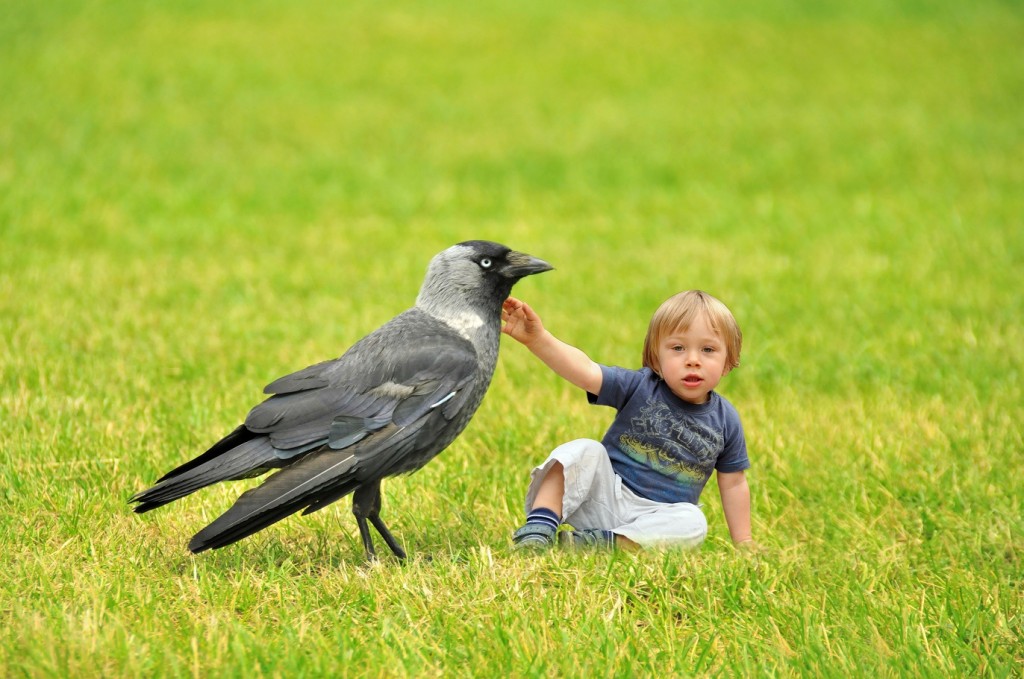
Crows are Not this Big
This Photoshop photo is too much! This is a funny picture, as a little one would never be able to get this close to this smart bird, as they are very wary of humans, and will watch and fly away, before becoming too curious. One final thought, the Crows in Indiana, do not get this large.
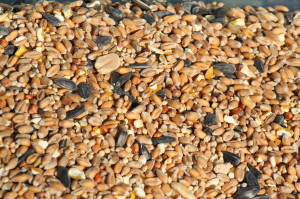 With many birds, an old muffin or bread slice will happily bring them the joy of picking at the grain, and the crust to digest a good source of carbohydrate. They will have happy days if they decide that the bread or cake is safe to eat. The best way to offer a day old crust of bread, is to place it on a flat bottomed feeder, which can hang near their seed sources. Clearly, this can’t be the only food that is offered, because birds love bread, but they do need essential oils and proteins. Do offer a sweet bread, a cracker, or even a sugary donut on a tray that is built for bird feet to safely clasp and hold. Even a nice clean suet tray that hangs, with sliced bread in the middle makes for a bird friendly presentation.
With many birds, an old muffin or bread slice will happily bring them the joy of picking at the grain, and the crust to digest a good source of carbohydrate. They will have happy days if they decide that the bread or cake is safe to eat. The best way to offer a day old crust of bread, is to place it on a flat bottomed feeder, which can hang near their seed sources. Clearly, this can’t be the only food that is offered, because birds love bread, but they do need essential oils and proteins. Do offer a sweet bread, a cracker, or even a sugary donut on a tray that is built for bird feet to safely clasp and hold. Even a nice clean suet tray that hangs, with sliced bread in the middle makes for a bird friendly presentation.